"My snacks are nothing compared to my friends. They have spent more than ten million dong and still want to buy more," said a 25-year-old Filipino girl.
Dannica came to Hanoi in mid-June for tourism , but she admitted that her biggest motivation was to come to Vietnam to follow the trend of "trying Vietnamese snacks" on TikTok.
As soon as she got off the plane, Dannica rushed to convenience stores and supermarkets in Hanoi to buy the food suggested online. She said she immediately went "crazy" about the abundance of food there.
"I can eat a whole bag of coconut cakes without getting tired of them. They are even better than many desserts at high-end restaurants in the Philippines while being cheaper," she said.
Dannica was also surprised by the diversity of Vietnamese food. For example, with just one ingredient, green rice, she can make a variety of dishes such as sticky rice, sweet soup, cakes, ice cream, and candy.
Before returning home, she and her friends went around supermarkets and shops in Hanoi's Old Quarter to buy the most suitable items to bring back home to eat and as gifts. Her video showing her packing hundreds of coffee packages, all kinds of snacks, and cakes also attracted tens of thousands of views on TikTok.
For the past two months, the trend of "trying Vietnamese snacks" has appeared on social media and has been responded to by thousands of foreign visitors' accounts. Videos showing scenes of packing Vietnamese snacks to bring back home such as instant noodles, chips, cakes, dried fruits, and coffee bags with the hashtag #snackvietnam #vietnamfood have attracted millions of views. Many foreigners have expressed their excitement and even "addiction" because these dishes are both delicious and cheaper than in their home country. Some even posted asking for advice on "how to transport large quantities back home" as gifts.
Mr. Hoang Nghia Dat, CEO of VNA Travel, said that recently, international tourists, in addition to booking tours to explore scenic spots, have requested to eat street food and are directed to snack shops in alleys and sidewalks.
"In the past, they often wanted to eat famous dishes like pho, bun cha, and other dishes on Vietnamese dinner tables at restaurants. But now, they enjoy standing on the sidewalk eating fried cakes, salads, drinking draft beer, or looking for spring roll carts," said Mr. Dat.
Ms. Thuy, owner of the Tai Loc sweet soup shop in Hoan Kiem ward, Hanoi, also said that over the past month, the number of foreign visitors to the shop has increased many times compared to last year. They choose to eat traditional dishes, especially green rice sweet soup, cassava sweet soup, and grilled sticky rice bananas. These dishes are usually only ordered by locals.
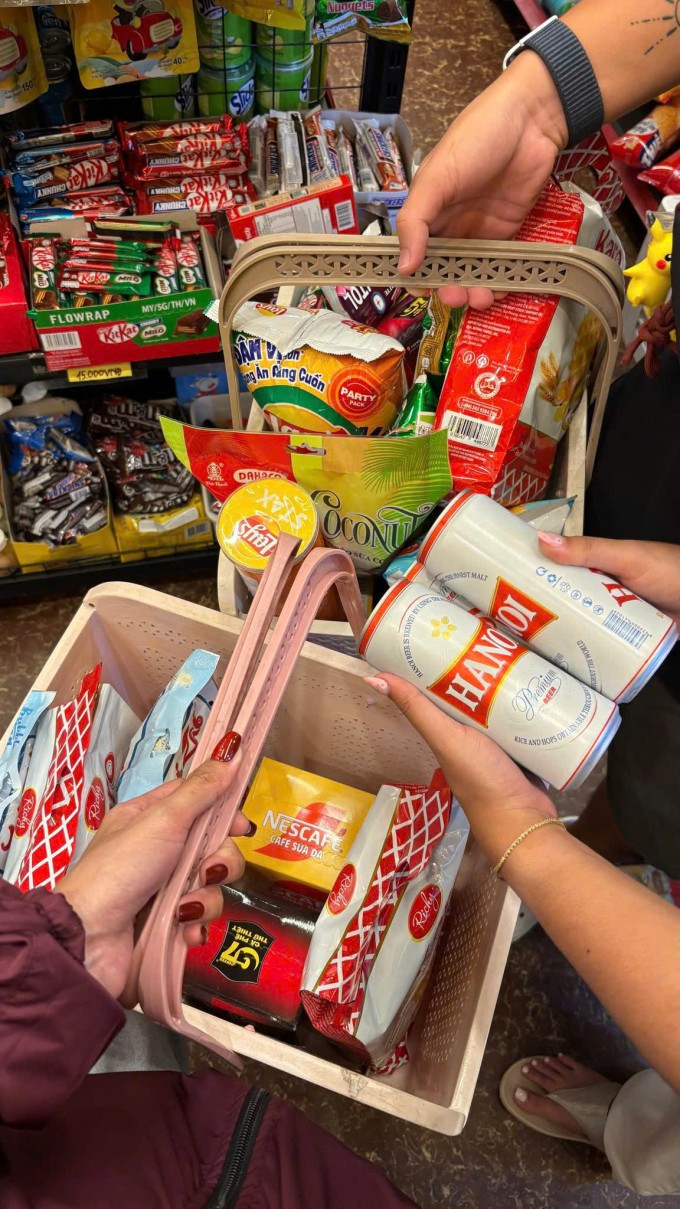
"Some people are also surprised to eat cheap desserts for only a few tens of thousands of dong but sit in a very solemn ancient house space." Ms. Thuy also noted that the nearby convenience stores are recently crowded with foreigners coming to buy snacks to take home. Something she rarely saw with tourists before.
Explaining this trend, Mr. Nguyen Tien Dat, Vice President of Hanoi Tourism Association, said that thanks to the development of social media, many foreign tourists have changed their form of travel, from taking tours to traveling independently to following reviews and discovering Vietnamese cuisine on their own. The diversity of Vietnamese street food and snacks from salty to sweet, along with cheap prices, suitable for the taste of international visitors, attracts them.
According to records, in early 2025, the world's leading culinary guide Taste Atlas announced that, in addition to pho and banh mi, many more Vietnamese dishes such as vermicelli with fermented shrimp paste, porridge, spring rolls, and fried cakes were included in the top 100 best street foods in Southeast Asia.
"Cuisine is an important factor in the development of the tourism industry in general. The act of tourists buying snacks to take home, even though it is a small act, helps spread the culture and cuisine of the country to the world."
Mr. Dat informed that from the beginning of 2025 until now, international visitors to Vietnam have increased by nearly 23% compared to the same period. According to him, management levels should tighten the assurance of hygiene and safety at sidewalk and street stalls, thereby promoting more strongly about snacks in Vietnam. "So that many tourists will return to Vietnam because of delicious, nutritious and cheap cuisine," he said.
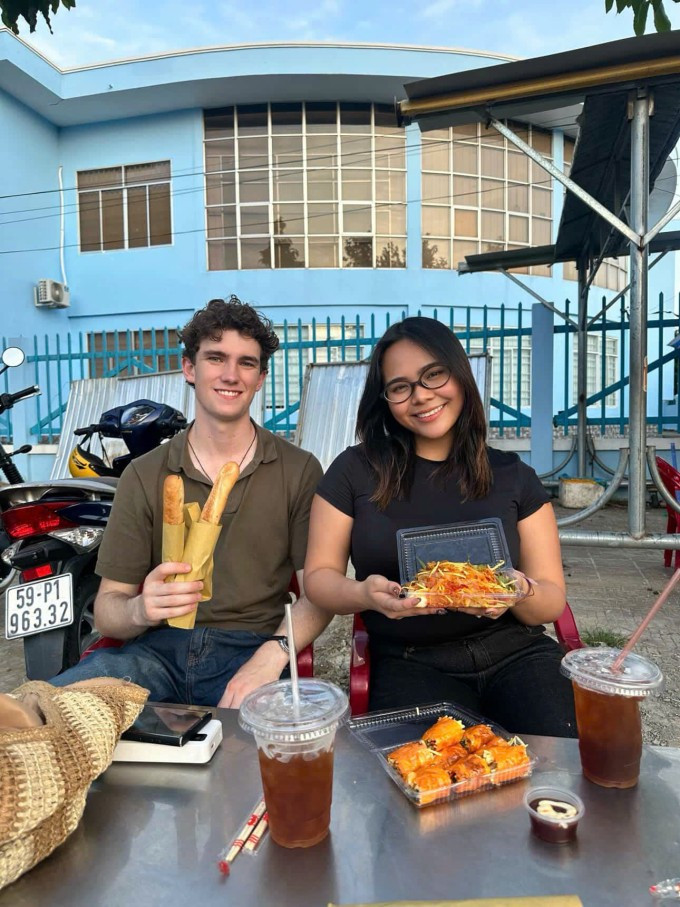
Riding his motorbike to the gate of an elementary school in Ho Chi Minh City, New Zealander Zane Hanson stopped by a bicycle stall selling cotton candy, spring rolls, and shaved ice syrup to try some. The 21-year-old proudly boasted that because he has a Vietnamese girlfriend, he has the opportunity to experience school gate snacks, where there are hundreds of types of food priced at only 5,000-20,000 VND.
Zane tried the candy floss, a thinly-spun malt candy served on a crispy cookie and topped with coconut. He also ordered a cup of shaved ice topped with strawberry, blueberry, and orange syrup. Other than beer, this was the first snack he found refreshing and cooling in the heat.
"I tried instant noodles, pho, and packaged coffee that my girlfriend brought over. I thought it was just basic food until the trend of hunting for Vietnamese snacks spread online." In early July, Zane bought a plane ticket to come here to catch the trend.
The New Zealander said that in his country, people usually snack on cookies, chocolate, candy or potato chips. Snacks and street food are almost unpopular. He was also shocked that the food here is so cheap compared to the quality. Zane said that a cup of milk tea where he lives costs about 160,000 VND, but in Vietnam, a cup sold on the sidewalk costs 20,000 VND and comes with chewy tapioca pearls.
Zane then followed the kids to the grocery store and imitated buying instant noodles, spicy chips, dried fruits, rice paper, and was also attracted by their sour, spicy, salty, and sweet flavors.
"The shops around the school have many students and adults coming to eat and chat. I know this is not only a place to eat but also associated with childhood memories of many Vietnamese people," said the 21-year-old man.

Having lived in Hanoi for more than three years, Maximilian Rolf said he loves to have afternoon snacks with friends at sidewalk stalls and street vendors. This is also a part of Vietnamese culture and lifestyle, eating and chatting is often an effective way to relieve stress after work.
The 31-year-old German man shared that in his country there are often many types of snacks from sweet to salty, but to find similar snacks in Vietnam is often very difficult, and if there are, they are expensive.
"Banana cake is a dish I eat every week, I was surprised that fried cake with fruit is so attractive. Hanoi also has salty fried cake with fish sauce and green papaya", Maximilian said. At first it seemed strange but then I was attracted by their mixed flavors.
Source: https://baohatinh.vn/nguoi-nuoc-ngoai-phat-cuong-voi-qua-vat-viet-nam-post292812.html




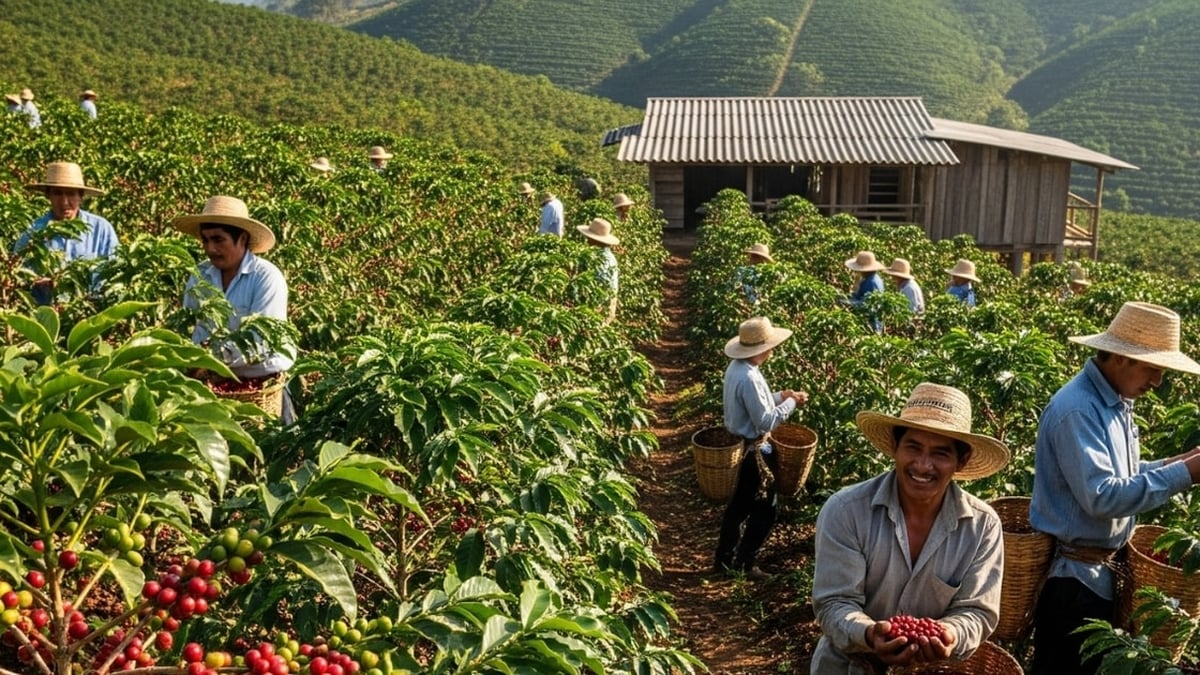
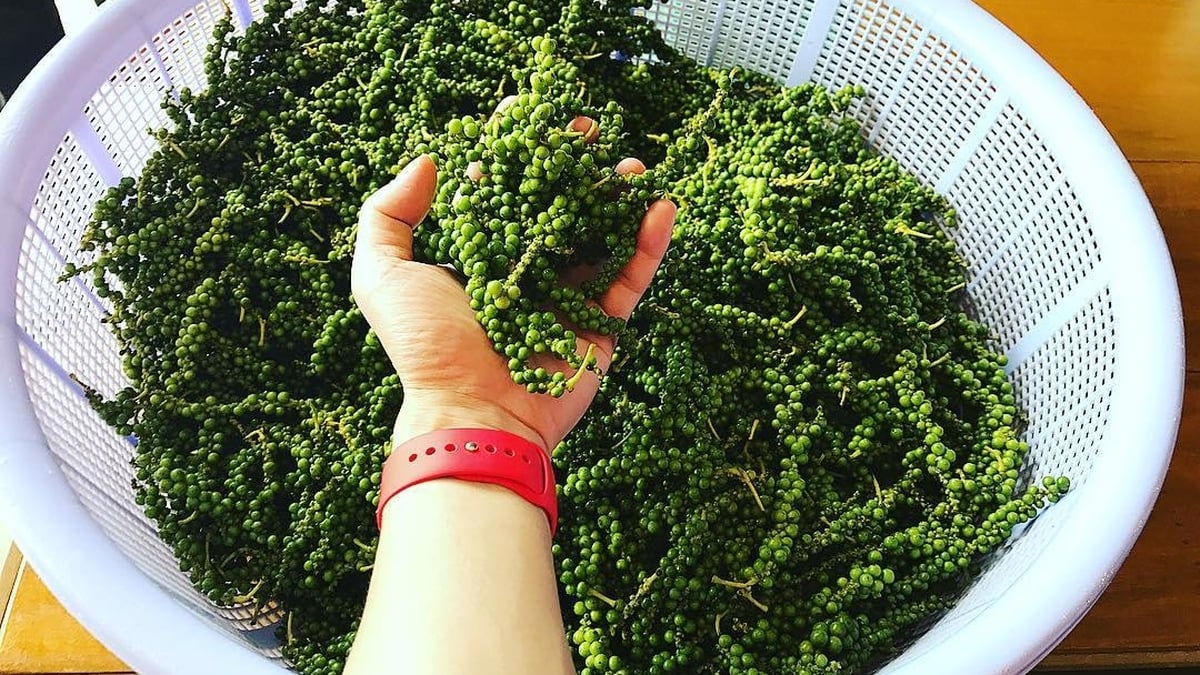
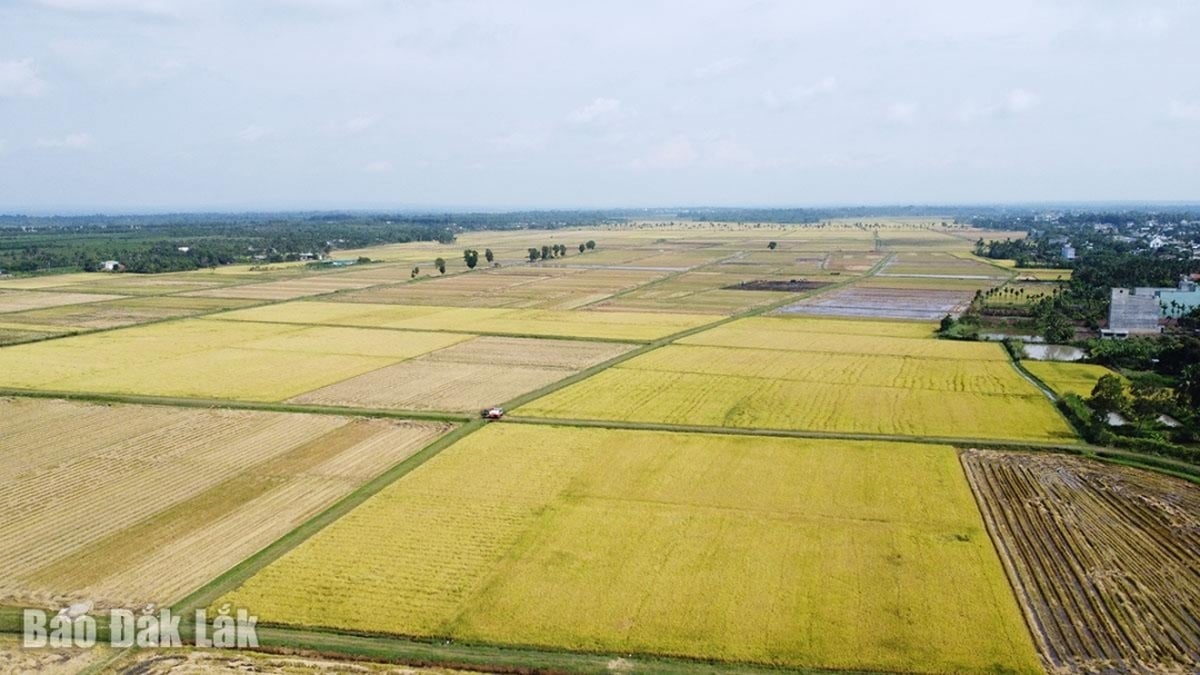
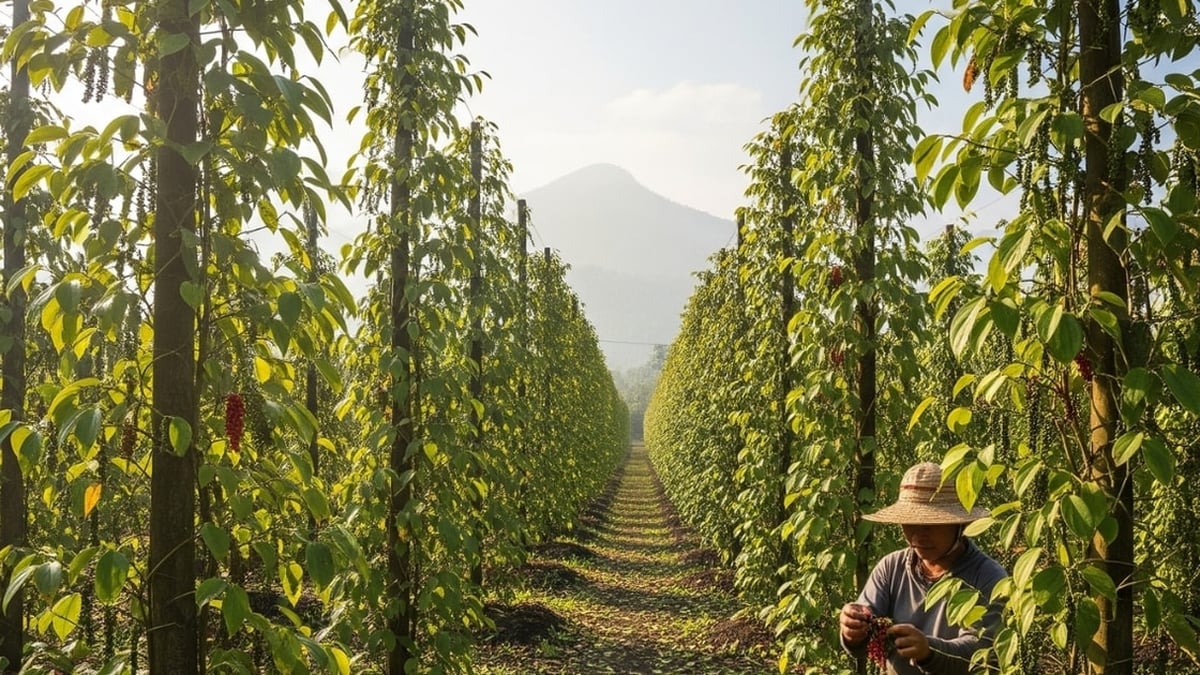
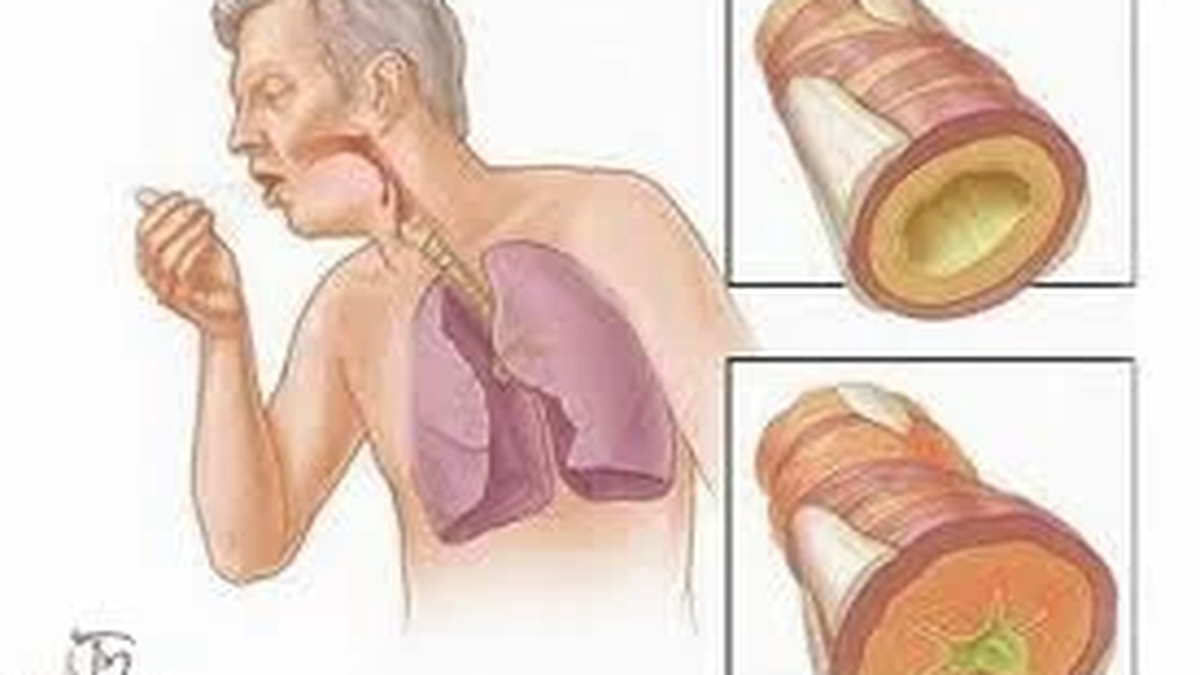
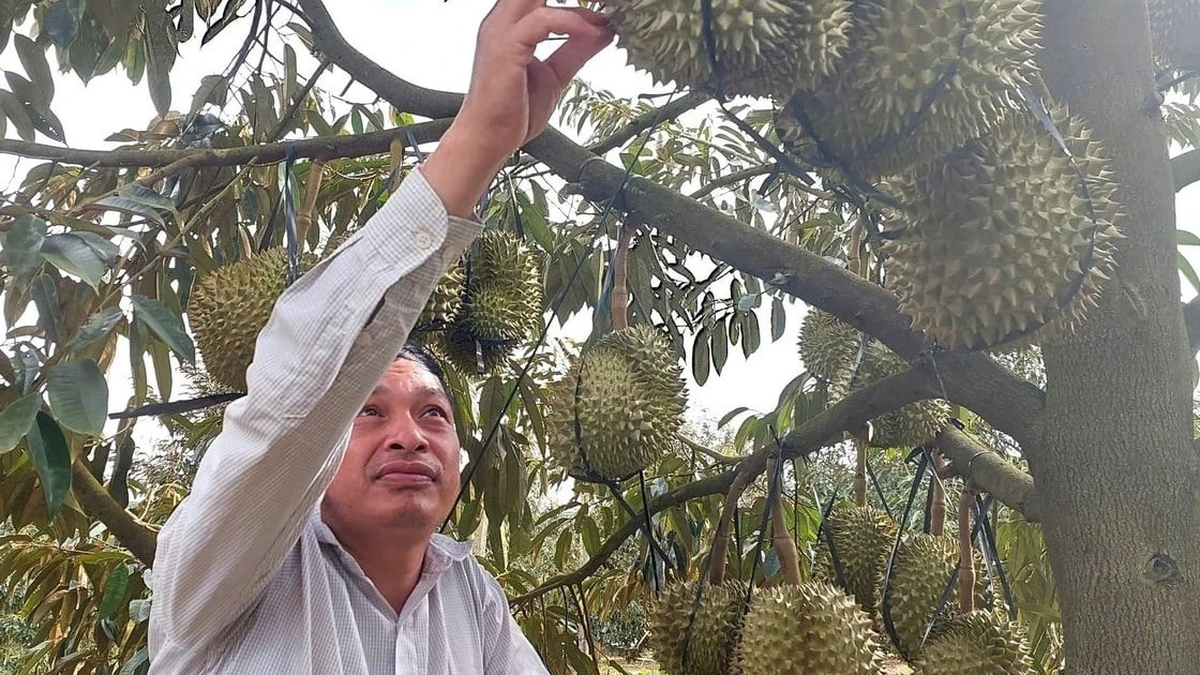

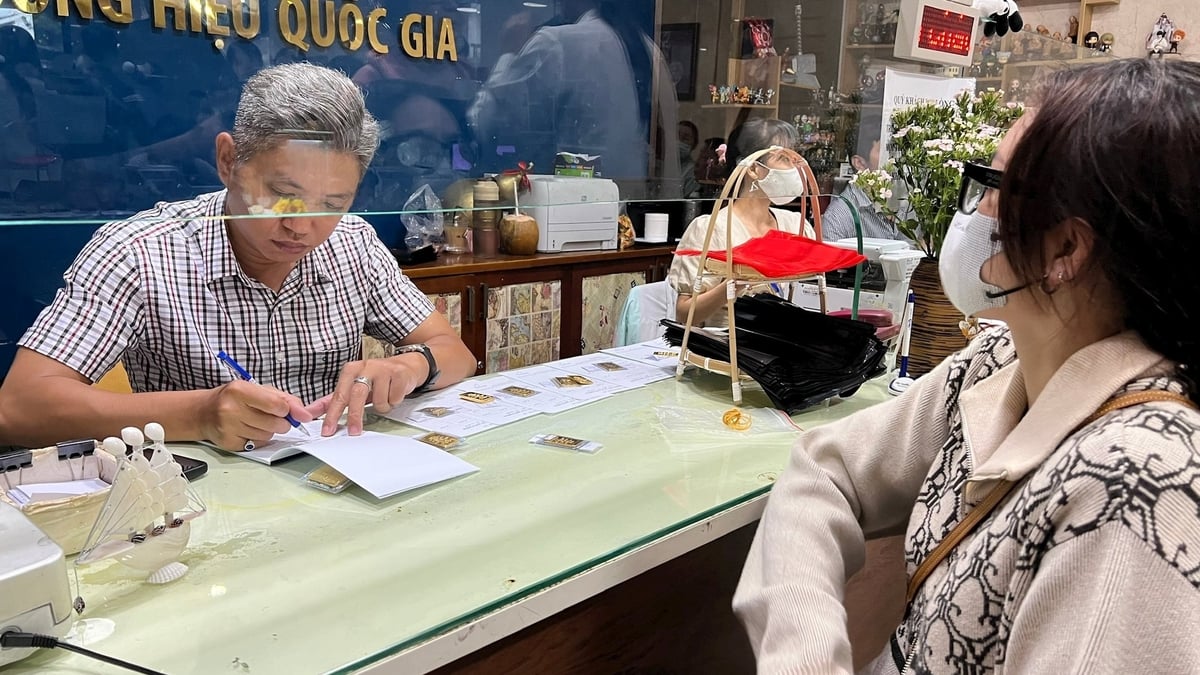








































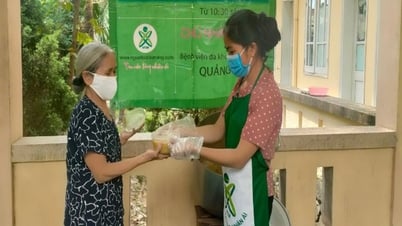

































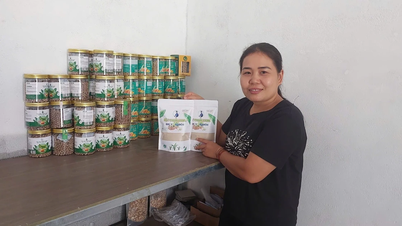

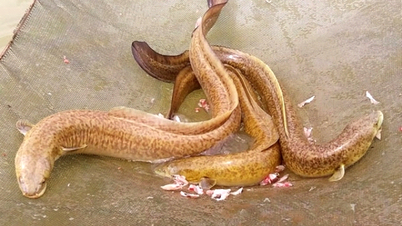








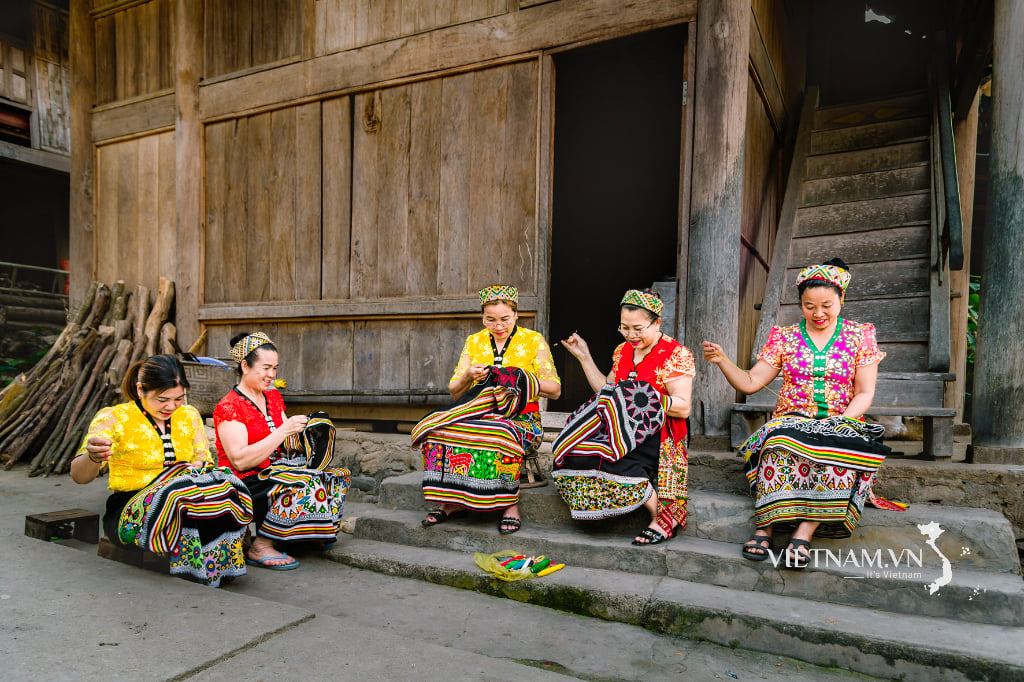



Comment (0)